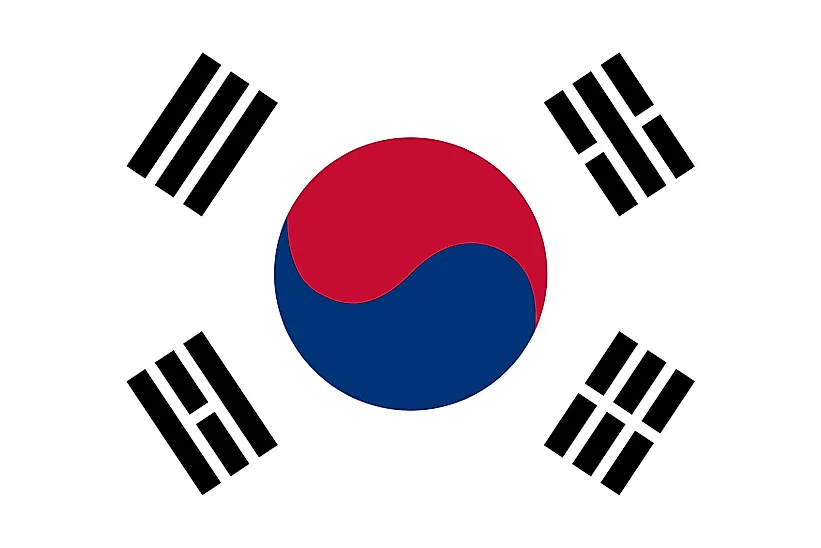
South Korea
| Continent | Asia |
| Capital | Seoul |
| Population | 50,924,172 |
| GDP | $1.93 Trillion |
| GDP per Capita | nan |
| Dialing Code | +82 |
| ISO Code (2-letter) | KR |
| ISO Code (3-letter) | KOR |
About South Korea
# South Korea: Land of Morning Calm
Welcome to South Korea, a nation where tradition meets innovation. With approximately 51 million people across 100,210 square kilometers, South Korea combines remarkable technological advancement with rich cultural heritage, standing as a global leader in both innovation and popular culture.
Geographic Features and Natural Beauty
South Korea’s geography encompasses diverse landscapes from coastal plains to mountain ranges. The country features dramatic mountain ranges including Seoraksan, beautiful islands like Jeju, and numerous national parks.
The landscape includes four distinct seasons, each bringing its own natural beauty from spring cherry blossoms to autumn maple leaves. The country’s terrain creates diverse ecosystems supporting unique wildlife and plant species.
Protected areas include 22 national parks and numerous UNESCO World Heritage sites. The country’s commitment to environmental protection focuses on balancing development with conservation.
Cultural Heritage and Traditions
Korean culture represents a unique blend of ancient traditions and modern innovations. The country’s heritage includes distinctive architecture like hanok houses, traditional arts like pansori music, and the sophisticated hangul writing system.
Traditional arts include ceramics, calligraphy, and traditional dance forms. Cultural practices feature important ceremonies like coming-of-age rituals and Seollal (Lunar New Year) celebrations.
Korean cuisine, recognized globally, features dishes like kimchi, bibimbap, and Korean barbecue. The tradition of communal dining and respect for food culture remains central to social life.
Historical Journey
South Korea’s history spans from ancient kingdoms through Japanese colonization to modern prosperity. The country’s transformation from war-torn nation to economic powerhouse is known as the “Miracle on the Han River.”
Significant periods include the Three Kingdoms era, Joseon Dynasty, Japanese occupation, Korean War, and rapid industrialization. The country’s economic development model has inspired many developing nations.
Modern Economic Landscape
Today’s South Korean economy focuses on technology, manufacturing, and cultural exports. The country is a global leader in electronics, automobiles, and popular culture (Korean Wave).
Recent initiatives emphasize digital innovation, green technology, and creative industries. South Korea’s educated workforce and technological infrastructure support its position as a global innovator.
International Relations and Global Position
South Korea maintains significant influence through economic power and cultural soft power. The country’s technological expertise and popular culture extend its global reach.
Did You Know?
• South Korea has the world’s fastest average internet speed?
• The country went from being one of the poorest to one of the richest nations in just one generation?
• Korean alphabet (Hangul) is considered one of the most scientific writing systems?
• K-pop and Korean dramas have created a global cultural phenomenon known as the Korean Wave?
Conclusion
South Korea represents a unique combination of traditional values and modern innovation. From its ancient temples to its high-tech cities, from its traditional arts to its global pop culture influence, South Korea continues to evolve while preserving its cultural heritage. As it addresses challenges including demographic changes and economic competition, South Korea remains committed to innovation while maintaining its position as a global cultural and technological leader.





